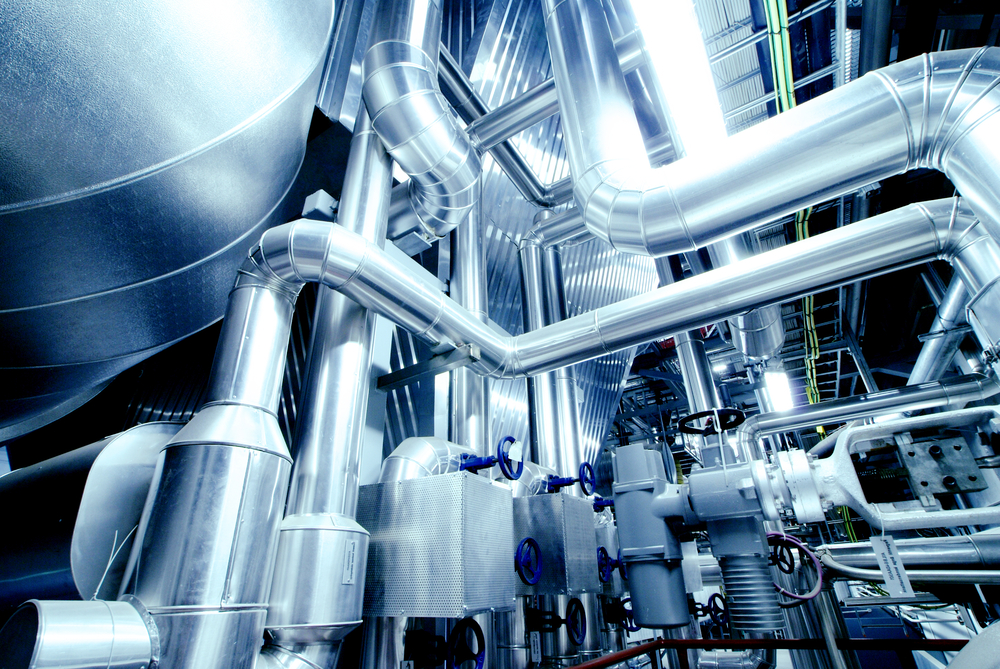Chair and Co-Chair:
- Pankaj Gautam, SABIC
- Qiang Xu, Lamar University
Session Description:
“Essentially, all models are wrong, but some are useful.” - George E.P. Box
Schedule:
| PRESENTATION | SPEAKER |
| Effect of Electric Fields on Maximum and Minimum Boiling Heat Flux Levels |
Subramanian Sankaran, NASA/SABIC |
|
Multi-scale Dynamic Simulation and Optimization for Cost-effective Industrial Emission Reductions |
Qiang Xu, Lamar University |
| Modeling and Optimization of Multi-layer Structured Catalysts for Selective Elimination of NOx and NH3 |
Mike Harold, University of Houston |
Abstracts:
Effect of Electric Fields on Maximum and Minimum Boiling Heat Flux Levels
Unlike in nucleate boiling, during film boiling a vapor layer completely surrounds a heater. An electric field can be applied to destabilize such a vapor film. High voltage (~2kV) electric fields were applied between a 127 μm heater wire and a screen electrode that is concentrically placed at a radius of 25 mm. The maximum and minimum heat fluxes were measured for the various subcooling and electric field strengths. Up to 50% increase in the heat fluxes were observed when using the electric fields in this range of experimental parameters. It is shown how electric fields can be employed a) for enhancing heat transfer and b) as a safety feature to actively destabilize the vapor film by continuously driving the liquid to the heater surface.
Multi-scale Dynamic Simulation and Optimization for Cost-effective Industrial Emmission Reductions
Flaring emissions during CPI (chemical process industry) plant startups, shutdowns, and upsets causes tremendous raw material and energy losses and also results in adverse environmental and social impacts. For instance, an ethylene plant with 1.2 billion pounds of ethylene production per year may flare five million pounds of ethylene during one typical startup, which generates 15.4 million pounds of CO2, 7.5 K lbs of NOX, 40 K lbs of CO, and 100 K lbs of highly reactive VOCs. Unfortunately, current practices in flare minimization almost exclusively depend on industrial experience and the “end-of-the-pipe” control strategies. For instance, the installation of flare gas recovery units (FGRU) can capture flare gas for recycle and reuse. Conceivably, it is less desirable since the “waste gas” is already generated. Meanwhile, the capital expenditure and operating cost of FGRU is considerable. Therefore, the key issue for existing CPI facilities to achieve significant emission reductions without large expenditures is to renovate current process designs and/or improve process operational strategies in a systematic way, so as to proactively and economically reduces emission sources instead of traditional “end-of-the-pipe” flare handling.
In this presentation, a systematic methodology on multi-scale dynamic simulation and optimization for cost-effective industrial emission reductions will be introduced. Since off-specification streams are inevitable during the plant turnaround operations, to significantly reduce flaring emission, they must be either recycled to the upstream process for online reuse, or stored somewhere temporarily for future reprocessing, when the plant manufacturing returns to stable operation. Thus, the off-spec products will be able to be reused instead of being flared. This presentation will address modeling and optimization for emission reduction under chemical plant start-up, shutdown, and upset conditions, as well as associated local air-quality impact studies. Both theoretical development and real plant test results could be presented.
Modeling and Optimization of Multi-layer Structured Catalysts for Selective Elimination of NOx and NH3
The challenge of achieving high NOx conversion and N2 selectivity and minimal release of unreacted NOx and NH3 in lean burn vehicle emission aftertreatment calls for structured catalysts with multiple functions. The role of modeling is paramount in gaining a fundamental understanding of these catalytic reactors and in improving their design, control and operating strategies. The modeling of two different multi-layer catalysts will be described. The first application combines periodic NOx storage and reduction with in situ NH3 generation and selective catalytic reduction. The second application combines a Pt/Al2O3 bottom layer and a zeolitic top layer to oxidize NH3 with high selectivity to N2. The models are used to determine the thicknesses of the layers to properly exploit the coupling between reaction and transport.

